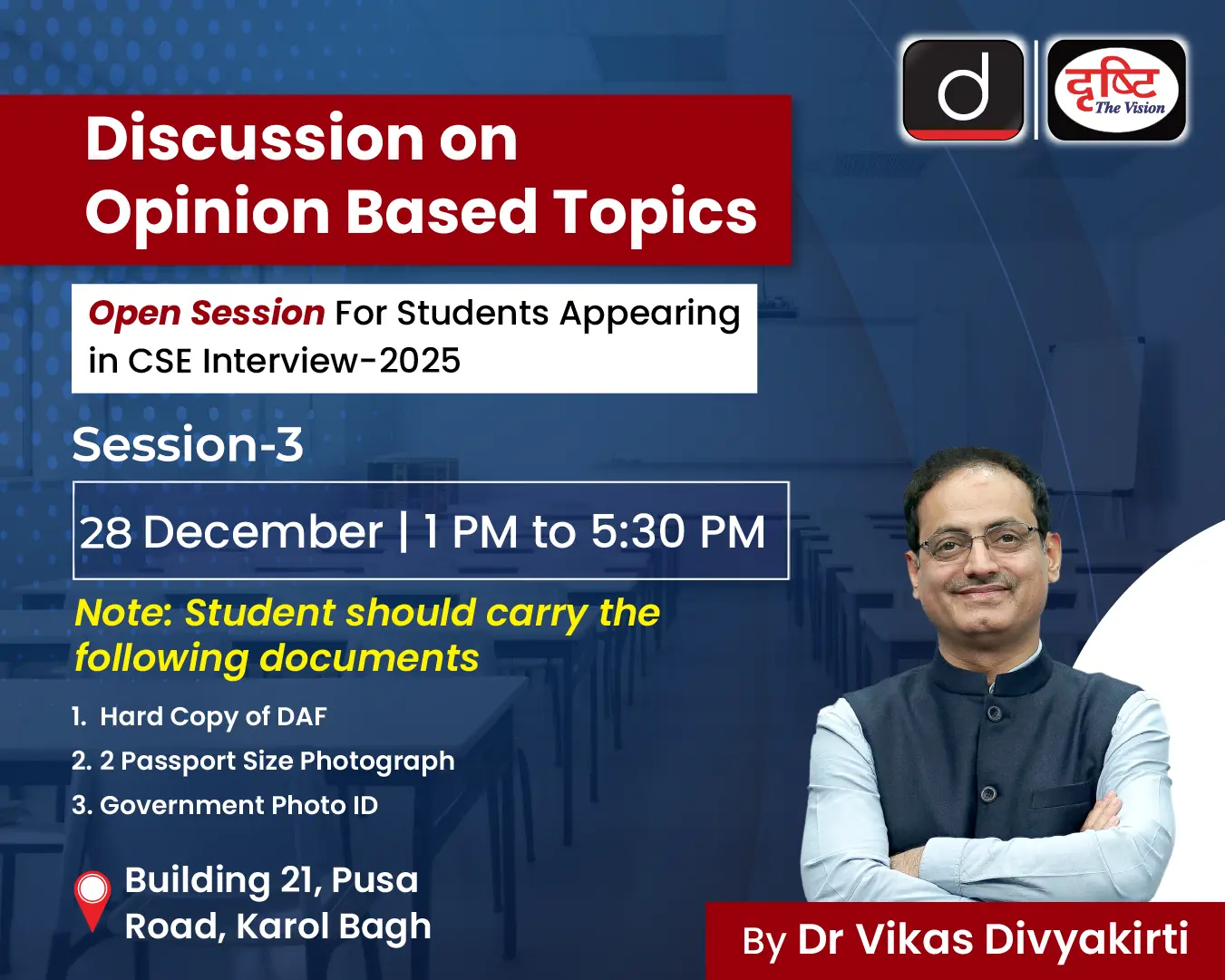- Filter By :
- Polity & Governance
- International Relations
- Social Justice
-
Q. Displacement of tribals and other marginalised communities has been one of the major consequences of the development process in India. Comment. (150 words)
12 Apr, 2022 GS Paper 2 Social JusticeApproach:
- Briefly mention the plight of tribals as a result of developmental processes.
- Elucidate how tribals have been disproportionately affected by different projects.
- Mention various instances of displacement/eviction.
- Conclude with the need for a balanced development strategy.
Introduction
- Since independence, tribals and other marginalised communities have been at the forefront of receiving negative externalities, arising from our modern developmental process. Displacement of these groups has been one of the major consequences of this process, because they live amidst India’s verdant forests, flowing rivers and on top of the most valuable minerals.
Body
- As these resources have gained market value, the tribals have had to make way for commercial forest enterprises, large and small dams and mines in the name of development.
- As sociologist Walter Fernandes has documented, no fewer than 40% of those displaced by development projects are tribals, although they constitute only 8% of the population.
- In the past, dam projects like Tehri and Sardar Sarovar, displaced thousands and many have been uprooted four-five times within decades. For example-Thirty thousand villagers of Madhya Pradesh were first displaced during the construction of the Rihand dam (late '50s); later again when coal was found in the mid-70s; a third time, to make room for industry; and finally, when the Singrauli mega thermal power station was mooted in the late '80s.
- Tribals and marginalised population traditionally depend on common property for survival, unlike farmers who own land individually. Thus, their rights over natural resources are easily appropriated, for example- Van Gujjars, the nomads of the Rajaji National Park have been resisting their ouster, bereft of any legal recourse.
- Despite having adequate laws like Forest Rights Act 2006, Land Acquisition Act 2013, Panchayats (Extension to Scheduled Areas) Act 1996 for empowering and providing rights to tribals; issues related to land conflict, rehabilitation and resettlement still persist. For example: Protest of Dongria kondh tribes against Bauxite mining in Niyamgiri hills, Odisha.
Conclusion
- Our development process should not be lopsided, benefitting only a privileged section of the population. Additionally, Social Impact Assessment and rights of tribals and marginalised should be prioritised in any developmental activity, without which the vision of inclusive development will remain incomplete
To get PDF version, Please click on "Print PDF" button.
Print PDF





